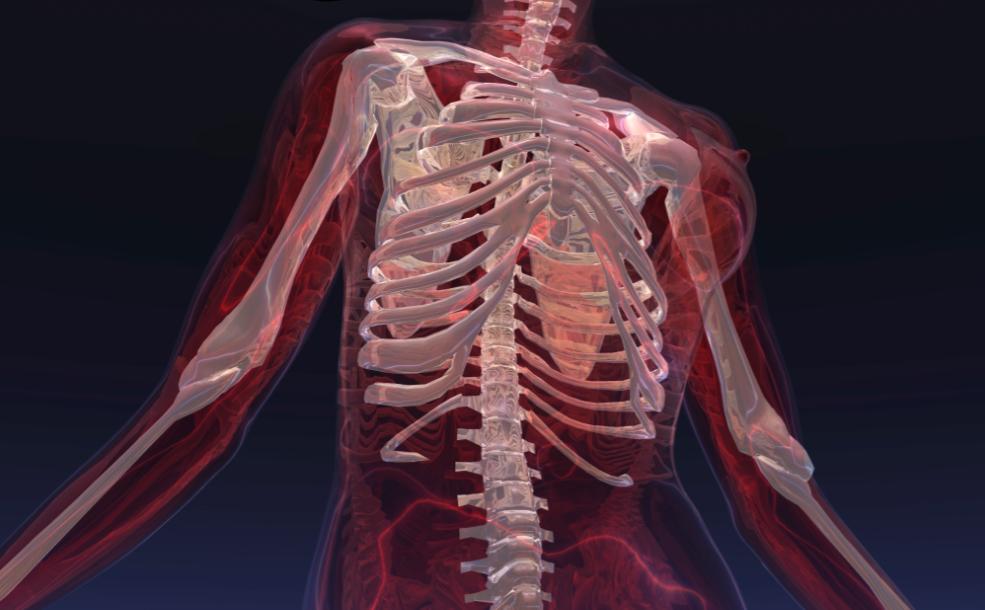
According to the results of a study highlighted by the American Physical Therapy Association, patients that have evaluations performed by a multidisciplinary team are less likely to have to undergo spinal surgeries.
The observational study evaluated a total of 137 individuals that experienced complications with the lumbar spinal column. Of these, 100 patients were provided with the recommendation of surgical lumbar fusion. A total of 58 sufferers were evaluated by a multidisciplinary team. These were referred for nonoperative treatments.
The study suggests that if an evaluation is performed by a collaborative multidisciplinary team, a patient will experience a more positive outcome, will not have to engage in costly and potentially damaging surgical procedures, and will experience far fewer expenses for their care.
Spinal Disorders
Individuals with spinal disorders experience numerous complications. These disorders are commonly a direct result of experiencing an injury, issues with blood supply blockages, compression, nervous system problems, and even infections. Patients that suffer from these disorders often experience weakness or complete paralyzed muscles.
As a result, sensation is lost in and/or around the area. Not only does this result in discomfort and pain, it could detrimentally impact the functionality of the bowel and the bladder. The spine is the main method of communication in between the body and the brain.
Not only is it imperative to mobility and range of motion, but, it is highly fragile.
If – at all possible – it is best to opt for nonoperative procedures when attempting to correct issues associated with spinal disorders. By choosing to go with a multidisciplinary team, patients have a higher likelihood of overcoming the complications in which they suffer.
Spine Sections
In order to completely understand how various spinal disorders affect a person’s health, we must first learn about the sections of the spinal column. These sections are as follows:
- The Cervical Spine – This is identified as the “C Spine” and it consists of the neck.
- The Thoracic Spine – This is identified as the “T Spine” and it consists of the chest.
- The Lumbar Spine – This is identified as the “L Spine” and it consists of the lower back.
- The Sacral Spine – This is identified as the “S Spine” and it consists of the pelvis.
In each of the spinal sections, the specific vertebrae are numbered – starting with the top. The numbers also include the letter that corresponds with the section of the spine that the vertebrae are located. The following outlines each of the sections of the spine and some of the possible effects that may be experienced if complications arise. If a patient experiences any issues with any of the following, they should be referred to a multidisciplinary team for the best possible outcome:
- The C Spine – Patients that suffer from issues with the Cervical Spine may find that they suffer from a paralysis in their arms and legs. They may find that muscles used for respiratory functions become detrimentally impacted. Weakness of the muscles in the shoulder, elbow, legs, and trunk may also be affected.
- The T Spine – Weakness and paralysis may impact a broad range of muscles within the body. Many may suffer from a drooping eyelid, loss of sensation on the trunk of the body, and similar issues in other regions of the body.
- The L Spine – The abdominal area, hips, and legs may become weak or pain may be experienced. Patterns may be noticed when it comes to discomfort.
- The S Spine – Numbness, pain, and discomfort may be experienced in the pelvic area. Bladder and bowel control may be diminished.
Any patient that suffers from any complications with the vertebrae in the various sections of the spine may benefit immensely from evaluations done by a multidisciplinary team, even reducing spinal surgeries. If you are ready to learn more about how your physical therapy practice may make a difference in the life of your patients, visit our blog today.
Be sure to return for the conclusion to this immensely important series.


